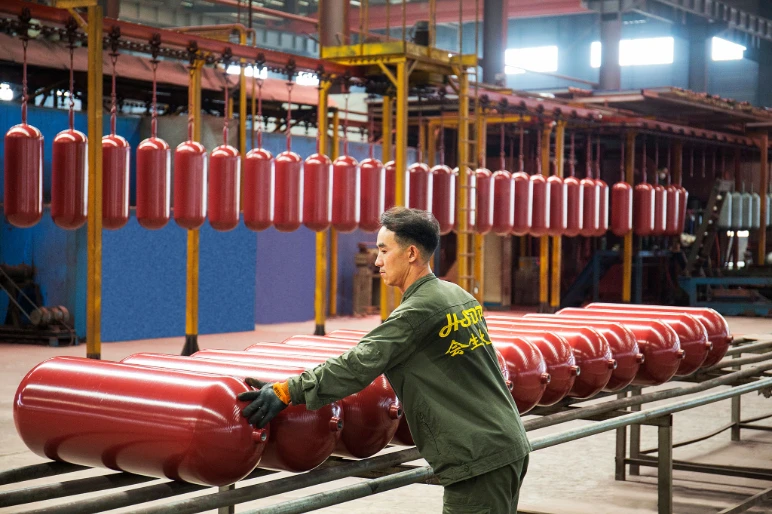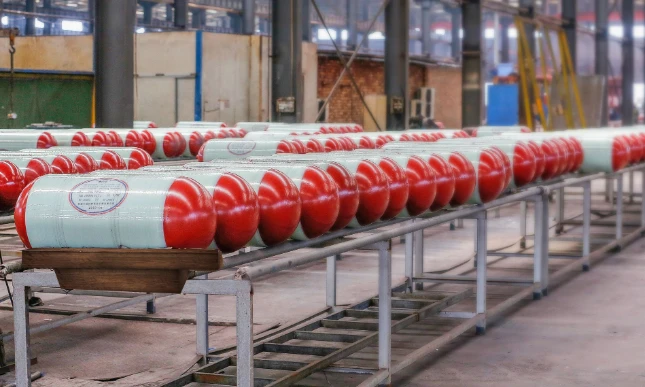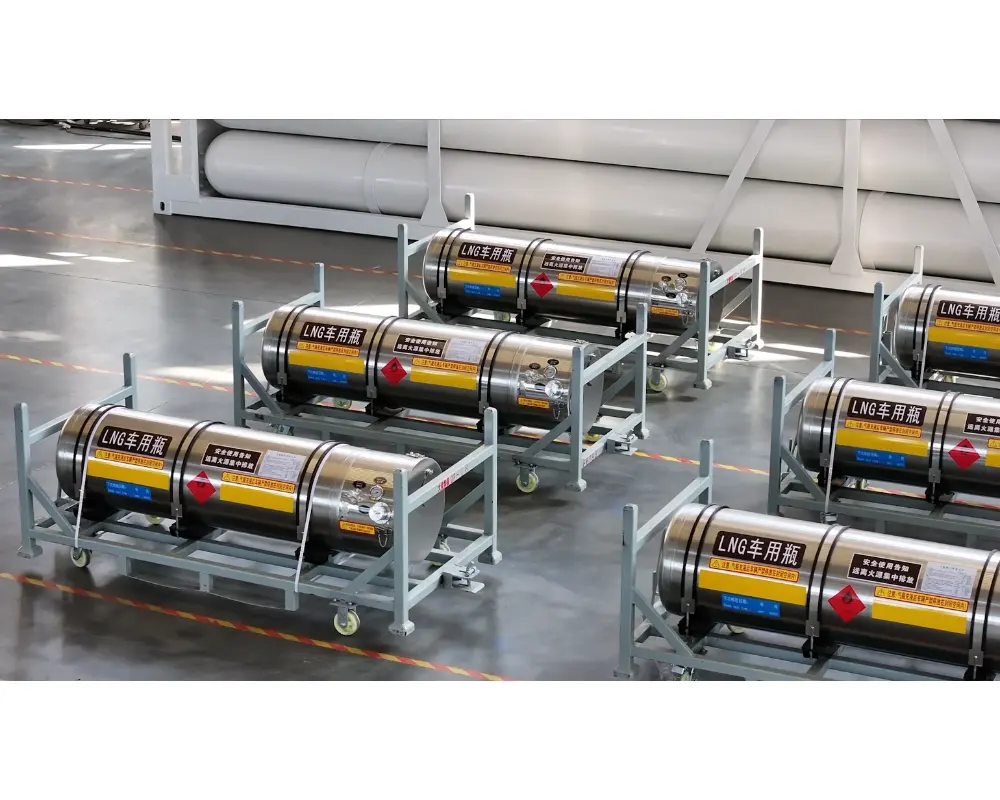What is the Difference Between Type 1 And Type 2 For Car CNG Cylinders?
Release time: 2025-05-20
CNG cylinders can be classified into different types based on their structure and materials. Type 1 and Type 2 CNG cylinders are two common types, and their main differences lie in material selection, design structure, safety, weight, and cost.
Type 1 CNG Cylinder (Steel CNG Cylinder)
The Type 1 CNG cylinder is the most traditional type, typically made of steel or other metallic materials, suitable for environments where weight is not a major concern. Its characteristics are as follows:
- Materials: Mainly made from carbon steel or alloy steel. The advantages of steel include good strength and pressure resistance, allowing it to withstand relatively high internal pressures. HSDP’s Type 1 CNG cylinder adopts an aluminum alloy inner liner and a full carbon fiber wrap composite structure, combining lightweight design with high strength, improving on the weight and performance issues of traditional steel cylinders.
- Structural Design: It uses an all-steel structure, where both the inner and outer shells are made from metallic materials. The inner liner is responsible for bearing the pressure, while the outer shell serves as a protective layer. Typically, it is designed in cylindrical or elliptical shapes to optimize pressure-bearing capacity and reduce deformation.
- Safety: Compared to Type 2 CNG cylinders, Type 1 CNG cylinders have relatively poor impact and collision resistance. In situations like vehicle collisions or extreme temperature changes, the steel may become brittle or break. However, HSDP’s Type 1 CNG cylinder, with its composite structure, improves impact resistance and reduces the risk of rupture.
- Weight: Due to the high density of steel, Type 1 CNG cylinders are relatively heavy. However, HSDP’s Type 1 CNG cylinder, made with an aluminum alloy inner liner and carbon fiber wrap structure, effectively reduces weight, improving fuel efficiency.
- Cost: As the materials are more traditional and the manufacturing process is simple, Type 1 CNG cylinders are cost-effective.
- Application Scenarios: HSDP’s composite structure Type 1 CNG cylinders are suitable for modern vehicles that require a balance between strength and weight.

Type 2 CNG Cylinder (Composite Material Cylinder)
HSDP Type 2 CNG cylinders combine composite materials with metallic materials to achieve lighter weight and higher safety. Its characteristics are as follows:
- Materials: The outer layer is made of composite materials (such as fiber-reinforced resin composites), which provide high strength and toughness while significantly reducing the cylinder’s weight. The inner liner is made of aluminum alloy to support internal pressure and provide structural support.
- Structural Design: Type 2 CNG cylinders adopt a metal inner liner with an outer composite material. The composite material provides higher compressive strength and impact resistance, effectively dispersing external pressure and impact forces, preventing cylinder failure during collisions.
- Safety: Type 2 CNG cylinders are more effective in preventing rupture or explosion in extreme situations, such as severe collisions or high-temperature conditions. Their failure mode is usually progressive, greatly improving safety. Additionally, the composite materials enhance the cylinder’s resistance to corrosion, preventing the degradation of metal materials due to environmental factors.
- Weight: Type 2 CNG cylinders are much lighter than traditional steel cylinders. This makes them more common in modern vehicles with high weight reduction requirements, particularly in commercial vehicles and passenger cars.
- Cost: Due to the more complex manufacturing process and higher raw material costs, Type 2 CNG cylinders are more expensive to produce compared to Type 1 CNG cylinders.
- Application Scenarios: Type 2 CNG cylinders are mainly used in modern vehicles, especially in electric vehicles and long-distance transportation vehicles, where weight reduction is critical.

Comparison of CNG Type 1 and Type 2 Cylinders
| Characteristics | Type 1 CNG Cylinder | Type 2 CNG Cylinder |
| Materials | Carbon steel or alloy steel | Metal inner liner, outer composite material |
| Weight | Heavy | Light |
| Strength | High strength | High strength |
| Safety | Relatively lower safety | Higher safety |
| Cost | Lower | Higher |
| Application | Suitable for environments where weight is not a concern | Suitable for applications requiring high weight reduction |
When selecting a CNG cylinder, factors such as the type of vehicle, usage requirements, and budget must be taken into account. Founded in 1997, HSDP has become one of Asia’s largest manufacturers of vehicle gas cylinders and diversified gas storage systems. We look forward to collaborating with you and providing innovative, high-quality solutions.


